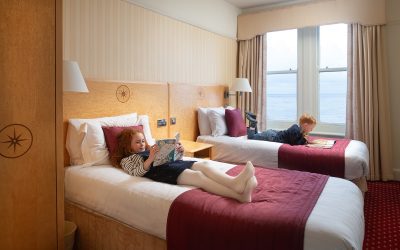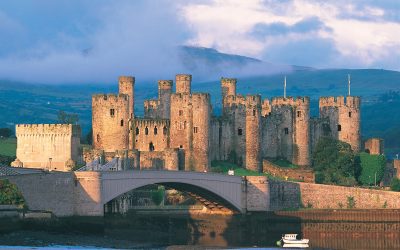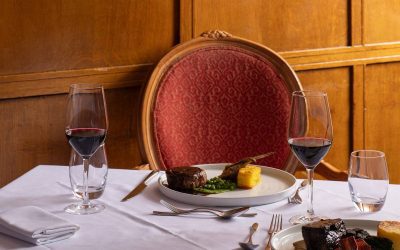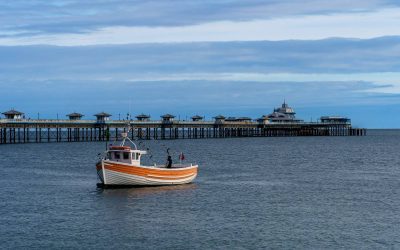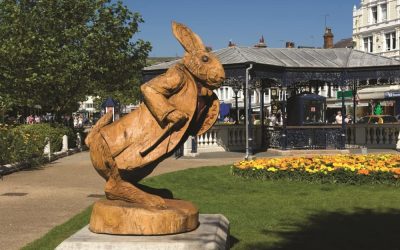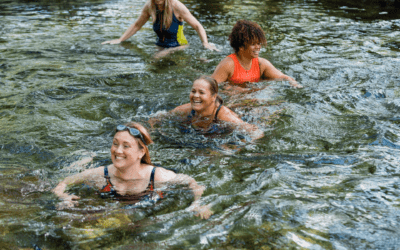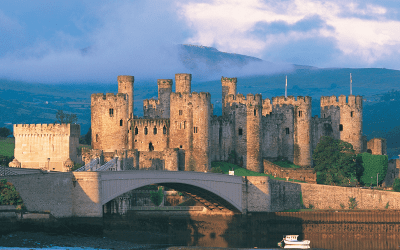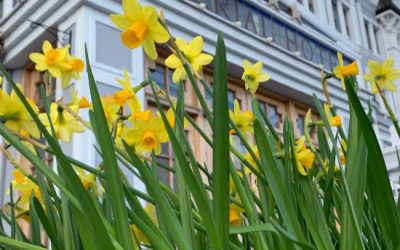North Wales Area Guides
North Wales’ hidden gems and where to find them
Step beyond the tourist spots and discover the hidden depths and the hidden gems of North Wales during your Llandudno getaway.
Schools Out For Summer! Family Fun Activities To Enjoy
Your perfect family summer starts in Llandudno! From classic seaside days at the beautiful North Shore to following the magical Alice in Wonderland Trails.
History, legends and scenic views. Castles near Llandudno
Wales is often called ‘the land of castles’ so when you next visit North Wales for your next luxury break, it’s time to step back in time, and delve into the history and legends of our great castles, set in some of the most beautiful and dramatic locations. Llandudno...
Days Out With Dad Around Llandudno
The list of days out with dad in Llandudno is endless, with something for everyone and every ability. Make The Imperial Hotel your base for Father’s Day adventures.
What’s on in Llandudno: Summer 2025
When you’re looking ahead at your summer 2025 and dreaming of weekend breaks beside the sea, look no further than our North Wales hotel. The perfect place to stay in Llandudno offering you sea views and coastal holiday vibes, paired perfectly with the mountainous...
The Alice in Wonderland Trail In Llandudno
Step into the world of Alice’s Adventures in Wonderland, one of the best-selling children’s books of all time. The Alice in Wonderland trail in Llandudno has been refurbished and is ready to be discovered by you and your family on your next hotel break near Snowdonia....
Family Adventures In Llandudno: What’s on this May Half Term?
Spring has sprung into action here in North Wales, so if you’re already looking ahead at May half term and wondering about things to do, we have lots of reasons why a break in North Wales should be on the cards.
Best Wild Swimming Spots in North Wales
From the connection with nature to the mental health benefits, the reasons to get out and swim in our seas and rivers is different for us all. Here are our favourite places to take a dip.
Elevate Your Game: Top Golf Courses In North Wales
Our hotel near Eryri will be the perfect base on the North Wales coastline for your Spring Snowdonia adventures, inviting you back after a day in the mountains, to delicious food and your most comfortable night’s sleep.
Top 5 Reasons to Visit North Wales in Spring
Spring is a season like no other. A time of renewal and optimism; with it comes hope of longer days, warmth, sunshine and spring breaks. There are many reasons to visit North Wales in spring, from witnessing the coast and countryside burst back into life after winter...
Explore UNESCO World Heritage Sites in North Wales
Did you know there’s four UNESCO World Heritage Sites in Wales, and two of them are in North Wales? It might be time to plan a break at our Llandudno hotel and some unforgettable days out to explore these sites, and to take in the wonders of the area. Discover the...
What’s On This Spring in Llandudno
Spring is a time of celebration and new beginnings.

